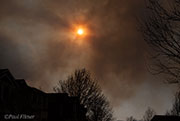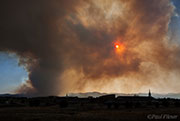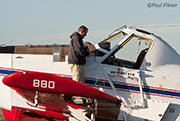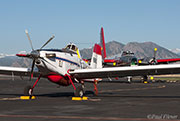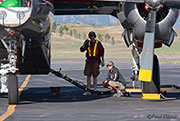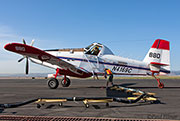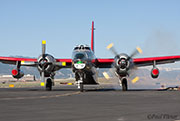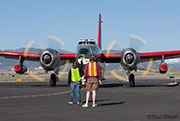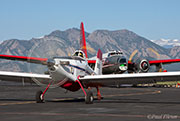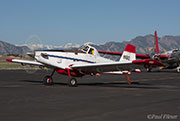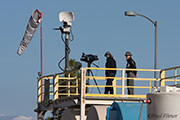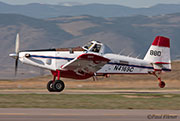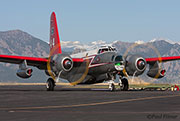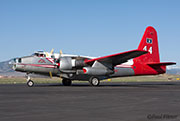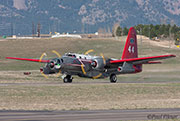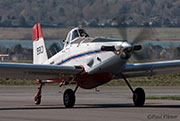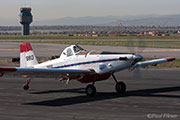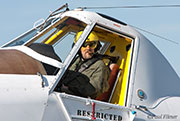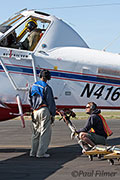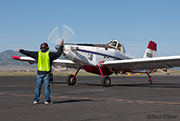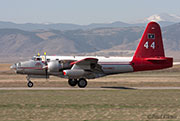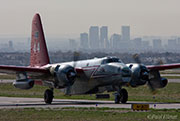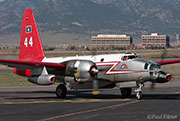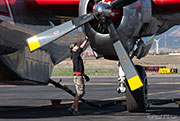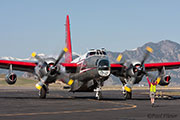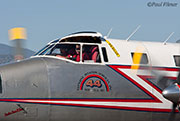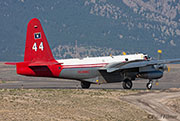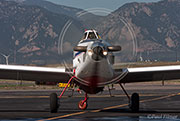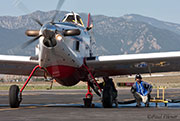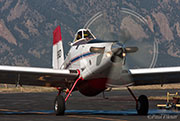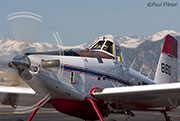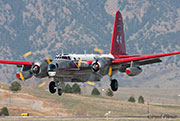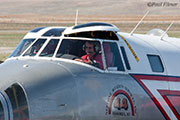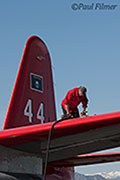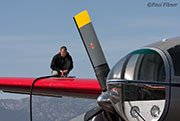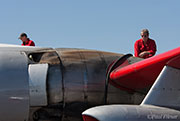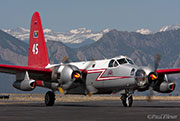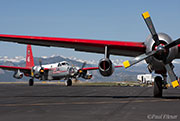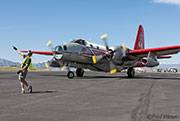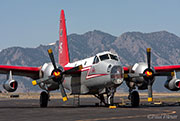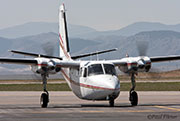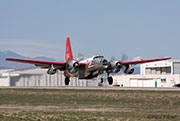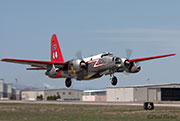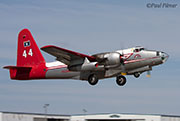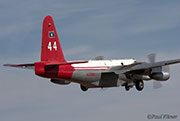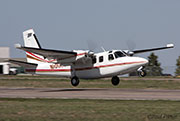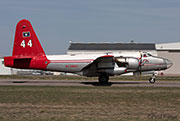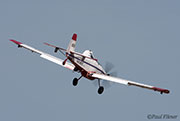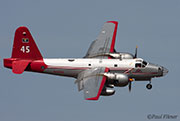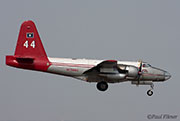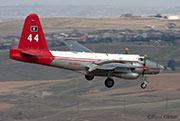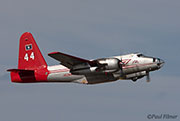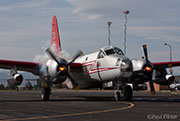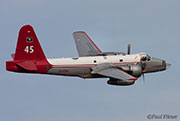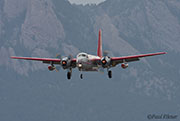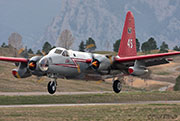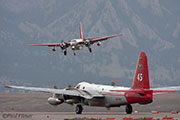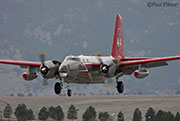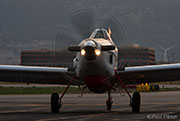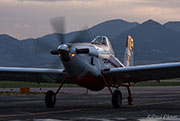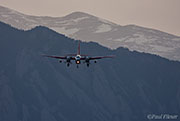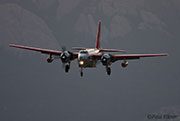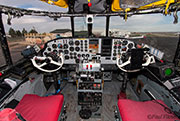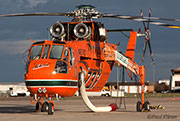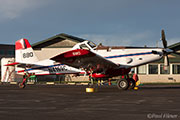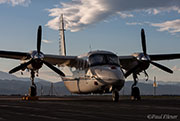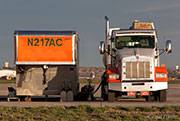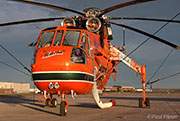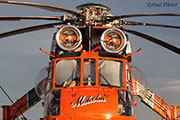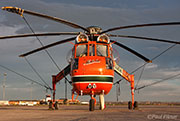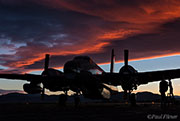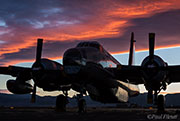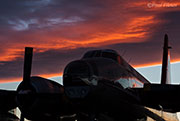Colorado has just experienced its driest March on record and already another fire season has begun, and our first large wildfire for the 2012 season was the Lower North Fork Fire.
On the morning of Monday 26 March six small fires were already burning and none of them looked like they'd create any larger problems.
In the afternoon, however, that all changed when strong winds whipped up along the Front Range. An old, prescribed, burn in the Conifer area, which was being closely monitored and was to all intents and purposes out, was affected and some embers jumped the control-line creating a new fire.
This new fire was given the name of Lower North Fork Fire and, with high-sustained winds, it quickly spread from a small five-acre fire to one that was rapidly getting out of control.
I personally live 11 miles away and we had thick smoke on the ground for most of that afternoon. As you can see from the photos, the sun was almost blocked out completely by the smoke. As the sun set, the wind shifted 90 degrees and the smoke here dissipated, although the smell did stay for a couple of days.
At the Jeffco Tanker Base there were already two tankers on standby, as the base was the only one open in Region 2 (Rocky Mountain Region), which includes Wyoming, Colorado, South Dakota, Nebraska and Kansas.
Tanker 44, a PV2-5 Neptune operated by Neptune Aviation and SEAT 880 (Single Engine Air Tanker), an Air Tractor AT-802A operated by Queen Bee, were the two aircraft present. Obviously the winds were too strong to drop retardant on the fire as at those speeds it would be ineffective.
The following day, the 27th, the winds were still blowing at between 20-30mph in all directions and structures had already been reported as lost, while the fire had grown to 3000 acres.
Both air tankers were utilised all day along with an Air Attack Rockwell Commander (N101AA). A lead aircraft was ordered from Ogden, Utah, and a Type 1 helicopter was also ordered. The lead arrived later in the day piloted by Dave Stickler and flew relief the same afternoon. The pair of tankers flew multiple sorties between 09:15 and 19:00 almost non-stop, with 450 fire-fighters working on the ground and hot-shot crews deployed. A pair of UH-60As from the Colorado Army National Guard (CO ARNG) from nearby Buckley AFB was also deployed with Bambi buckets.
Part way through the day PV2-7 Neptune, Tanker 45, operated by Neptune Aviation, was relocated from New Mexico and performed two drops. This allowed Tanker 45 to be on standby the following day as it would be Tanker 44's day off.
By the end of Tuesday 27 March, there were two fatalities and 23 homes damaged or destroyed, with the fire covering 3790 acres, 6500 homes evacuated and the fire still at zero percent containment.
The next day, Wednesday 28 March, Tanker 45 was used along with the pair of CO ARNG UH-60s. Tanker 55, a PV2-7 operated by Minden was sent up from Texas but was not used and later both Tankers 45 and 55 were then sent to South Dakota to fight the Apple Fire. Meanwhile SEAT 880 was used to fight a different fire 15 miles to the south of the airport, containing it to around 5 acres.
28 homes had been destroyed by the end of the day, with 4140 acres burned and a 15 percent containment. One person was still reported as missing. The CO ARNG had dropped 49,000 gallons of water on the fire.
On 29 March, four CO ARNG UH-60s were utilised along with a cycle of Erickson Air Crane's S-64E Heli-tanker 373, which had arrived the day before. The fixed wing assets were not required.
The status as of 1 April was a 90 percent containment with confirmed fatalities risen to three. The Jeffco tanker base reported that it had dropped 42,664 gallons of retardant, utilising two heavy tankers and a SEAT. The pair of heavies flew 17 loads between them and the SEAT performed 12 drops.
It has been mentioned numerous times that many homes were saved in this fire because people performed correct fire mitigation around their houses and structures.
While we're still only a couple of days into April, the feeling is that this may well turn out to be a long fire season.
Subscribe to receive updates via: e-mail list | Facebook | Instragram | Twitter
[photo/serial list]
